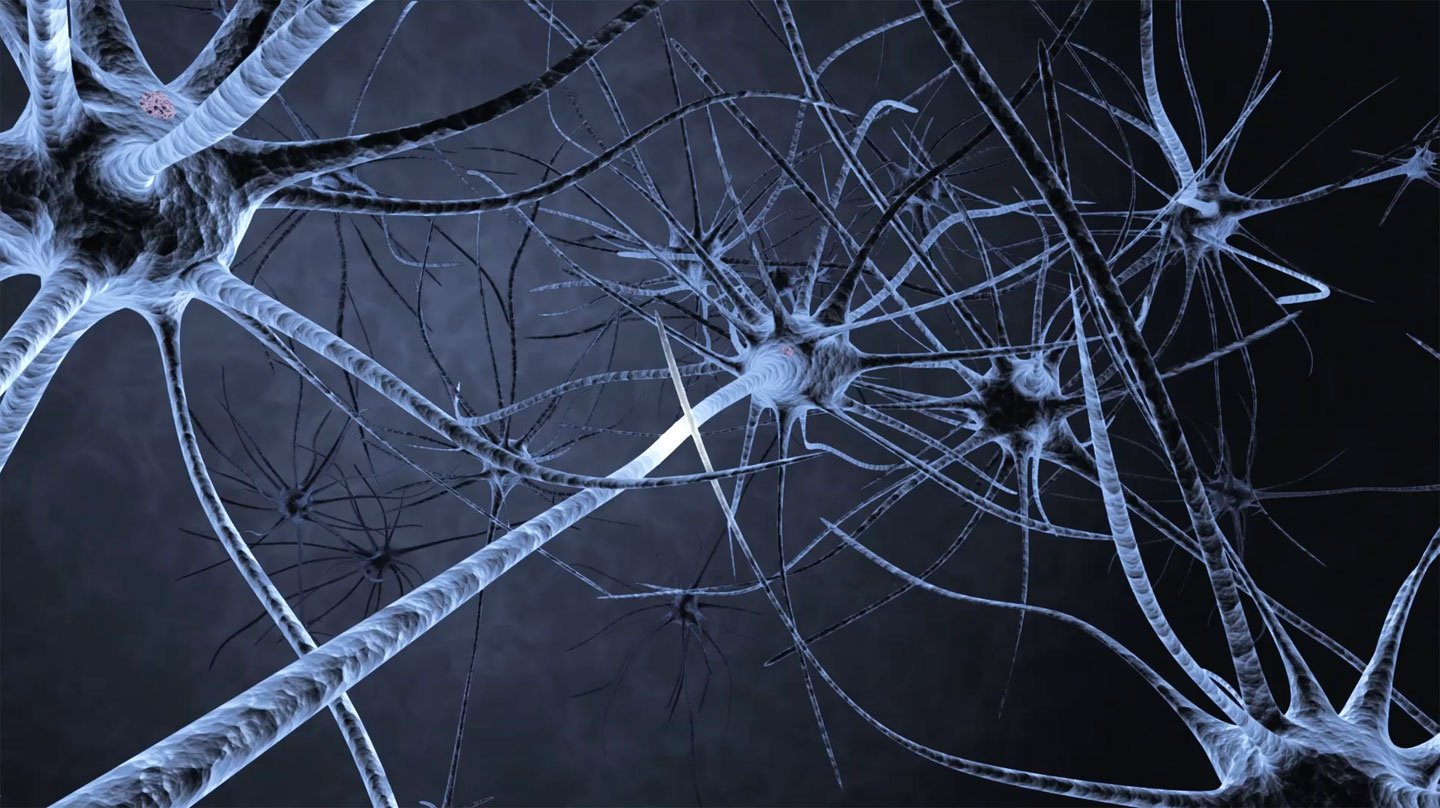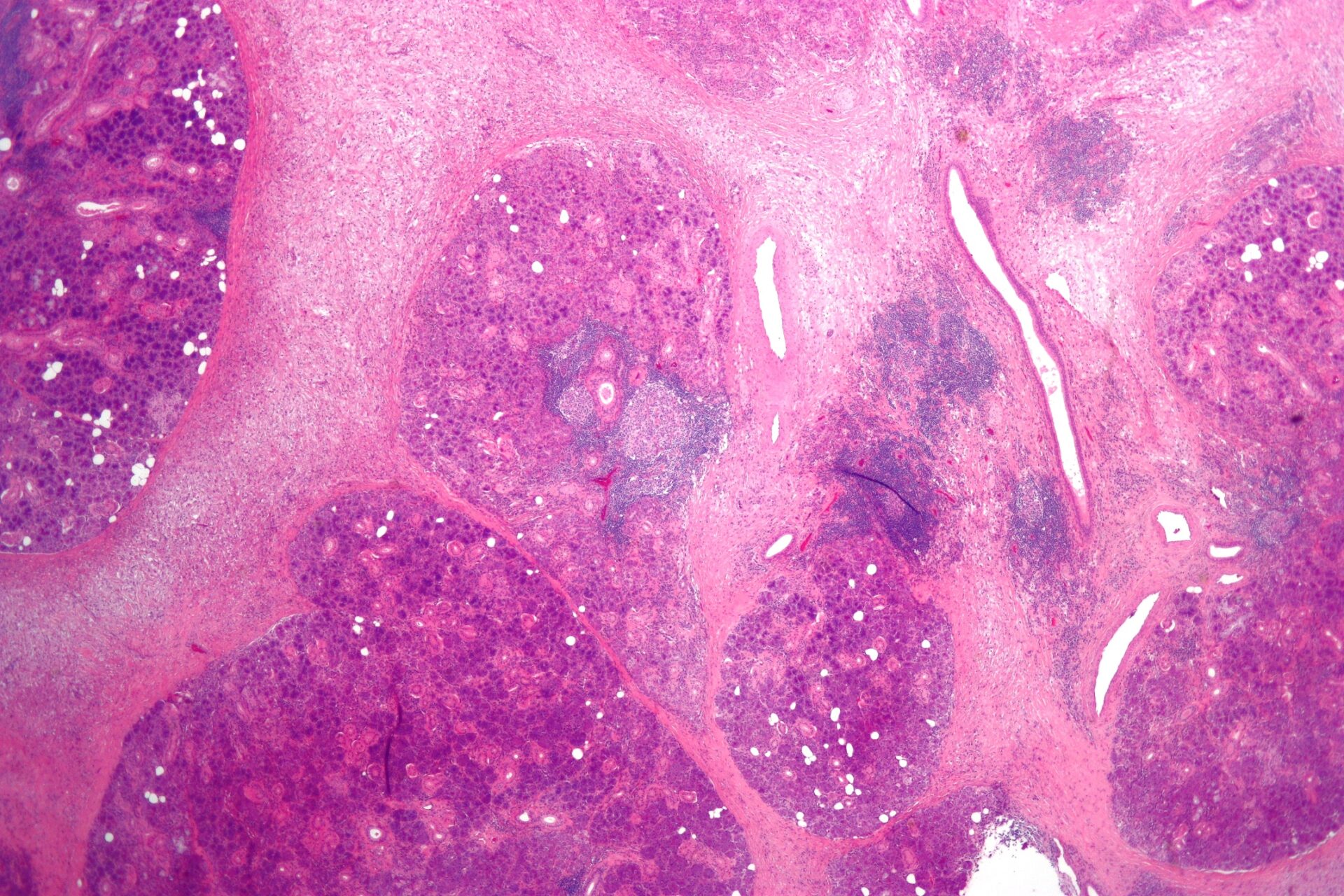
Introduction to Orodispersible Tablets
Orodispersible tablets, also known as orally disintegrating tablets, are a new type of solid dosage form available in the pharmaceutical market. These tablets disintegrate or dissolve rapidly in the saliva within seconds, often without the need to drink water. This property makes them very convenient for patients who have difficulty in swallowing conventional tablets. Orodispersible tablets address an important need for medications that can be easily administered without water, especially for pediatric, geriatric and dysphasic patients.
Advantages of Orodispersible Tablets
Convenience of Administration:
Orodispersible tablets are highly convenient for patients who cannot swallow tablets or capsules with water. The tablets disintegrate rapidly in the mouth, usually within 30 seconds, allowing easy intake of medication without water. This makes them very useful for pediatric, geriatric and dysphasic populations.
Rapid Drug Release and Absorption:
Since the tablets dissolve or disintegrate quickly in the oral cavity, they release the active drug rapidly for quick absorption from the gastrointestinal tract. This leads to a faster onset of action compared to conventional tablets.
Address Needs of Special Patient Groups:
Orodispersible tablets fulfill an important unmet need for patients who cannot swallow such as pediatrics, geriatrics, psychiatric patients and patients who are bedridden or suffering from dysphagia. Their easy portability makes them suitable even during travel.
Manufacturing Process of Orodispersible Tablets
There are various methods used for the production of orodispersible tablets depending on the required drug release characteristics, taste masking ability and production feasibility. Some of the common techniques include:
– Freeze Drying/Lyophilization: This process involves freezing the product and then reducing the pressure to allow the frozen water to sublimate resulting in a highly porous structure that disintegrates quickly in the mouth. However, it is a high cost and time-consuming process.
– Moulding: It involves moistening the powder blend with a hydroalcoholic solvent followed by compression into tablets using molding machine at low compression forces. The final tablet obtained has a porous structure.
– Sublimation or Lyophilization: In this process, the product is initially frozen followed by drying under vacuum. The dried mass obtained is then compressed into a tablet using low compression force to get a porous structure.
– Direct compression: Certain superdisintegrants like crospovidone can be directly compressed along with the drug and excipients to form orally disintegrating tablets via direct compression method.
Drugs Used in Orodispersible Tablets
Given the unique advantages, many drugs are formulated into orodispersible tablets depending on their intended patient population:
– Anti-emetics: Ondansetron, granisetron used in cancer chemotherapy-induced nausea are available as orodispersible tablets for easy administration.
– Anti- Parkinson’s : Drugs like levodopa+carbidopa combinations are available as orodispersible tablets for Parkinson’s disease patients who have difficulty in swallowing.
– Antibiotics: Amoxicillin orally disintegrating tablets are used for pneumonia, pharyngitis etc for pediatric population.
– Antifungals: Oral thrush treatment with fluconazole orally disintegrating tablets can be administered with ease.
– Anti-anxiety: Alprazolam orally disintegrating tablets are used for panic attacks as they start acting quickly by dissolving in mouth.
– Other therapeutic categories: Anti-hypertensives, vitamins, NSAIDs etc are also available as orodispersible tablet versions.
Commercial Success and Future of Orodispersible Tablets
The global market for orally disintegrating tablets is growing rapidly given their enormous therapeutic benefits over conventional tablets. MarketsandMarkets analysis reports the orally disintegrating tablets market to grow at a CAGR of around 9.7% from 2020 to 2025. The older age population globally is rising significantly creating increased demand for such specialized dosage forms. Developing newer drugs in the form orodispersible tablets will drive the growth of this market further. With continued therapeutic advantages, cost-effectiveness and commercial success, orodispersible tablets are surely the medication formulation of future. Ongoing pharmaceutical research will lead to more effective product developments meeting varied patient needs.
*Note:
- Source: Coherent Market Insights, Public sources, Desk research
- We have leveraged AI tools to mine information and compile it



